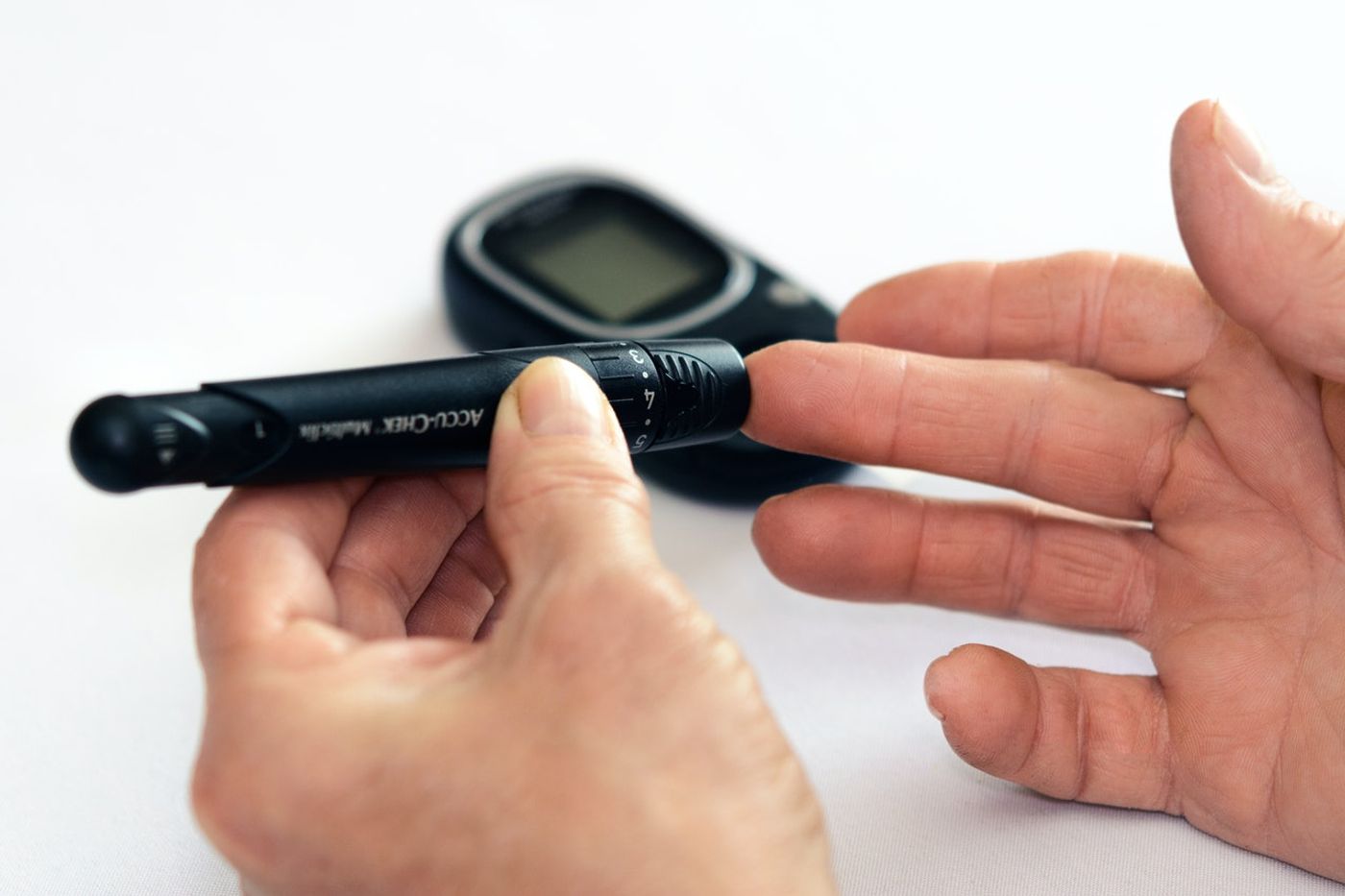Glucose Sensor Ditches the Enzymes
A team of engineers has developed a wearable device that can monitor blood sugar levels minus the painful finger prick. Diabetes is a condition in which the body either does not produce enough insulin or becomes resistant to it. Without insulin, glucose builds up in the blood instead of being used for energy.
Patients with diabetes need to keep track of their glucose levels by taking blood samples several times daily. Keeping tabs on fluctuating sugar levels is important because consistently high glucose levels can cause blindness or limb amputation.
If glucose levels are too low, the patient might faint or fall into a coma.
The need for continuous monitoring has led scientists to search for less-invasive means of keeping tabs on blood sugar levels, including patches that can measure glucose through the skin.
A team led by Penn State's Huanyu "Larry" Cheng searched for low-cost sensors capable of detecting and quantifying glucose concentrations in the sweat.
Their sensor design used a combination of nickel (a material that is highly sensitive to glucose) with gold to minimize the risk of allergic reactions in the wearer. The glucose concentration in the sweat is around 100-fold lower than that in the blood, which means that their device had to be exquisitely sensitive to be accurate.
Existing noninvasive glucose monitors are powered by enzymes to generate test results. However, according to Cheng, this poses some limitations.
"An enzymatic sensor has to be kept at a certain temperature and pH, and the enzyme can't be stored in the long term," Cheng said. "A nonenzymatic glucose sensor, on the other hand, is advantageous in terms of stable performance and glucose sensitivity regardless of these changes."
The innovation is about the size of a quarter and is flexible so that it is comfortable for extended use. Sweat on the skin passes through microscopic channels in the device, reacting with an alkaline solution. When in contact with glucose molecules, a chemical compound that reacts with the alloy electrode is produced, subsequently generating a tiny electrical signal.
The team has plans to improve its platform, making it more wearable and expanding its monitoring capabilities for other biomarkers. Such wearable health technologies are immensely valuable for medical practitioners and patients alike as they can provide early warning signs of possible health concerns.









